Our visit to Fort Osage whisked us back over 200 years to a time when America was much smaller than it is today. Our nation’s freedom had been won in the American Revolution, and we were in the midst of a great expansion. The Louisiana Purchase had allowed the fledgling nation to increase its land holdings by over 800,000 square miles. The reality is that what France had sold them was the right to obtain Native Indian lands by treaty or conquest. By nearly doubling its size, this new country was set on a path of growth.
We want to thank Fort Osage National Historic Landmark for hosting our visit. Rest assured all opinions are our own.
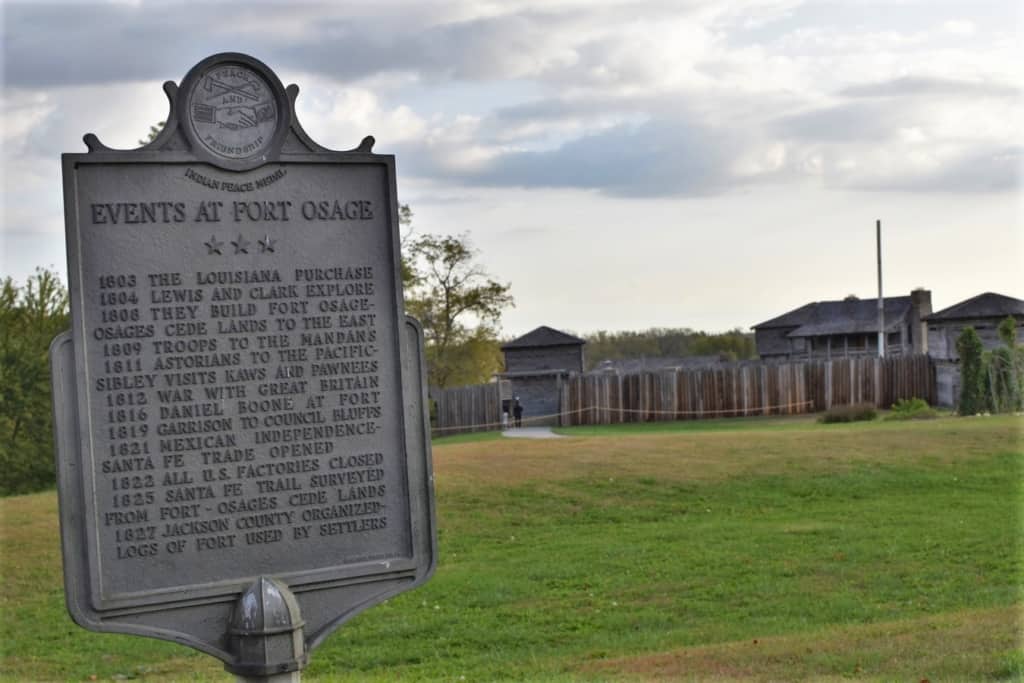
On the Edge of Freedom
It was during the Lewis and Clark Expedition that the land for Fort Osage was first recognized for its value. The bluff on which the fort sits offered a tactical advantage. It was a good 70 feet above the river, which was shallower at this point. The explorers noted this in their journal, as they made their way through the territory. The new government was looking for ways to battle the harmful influence of private traders. The erection of a trading post, also known as a factory, would create a free-trade zone on the edge of the new frontier.
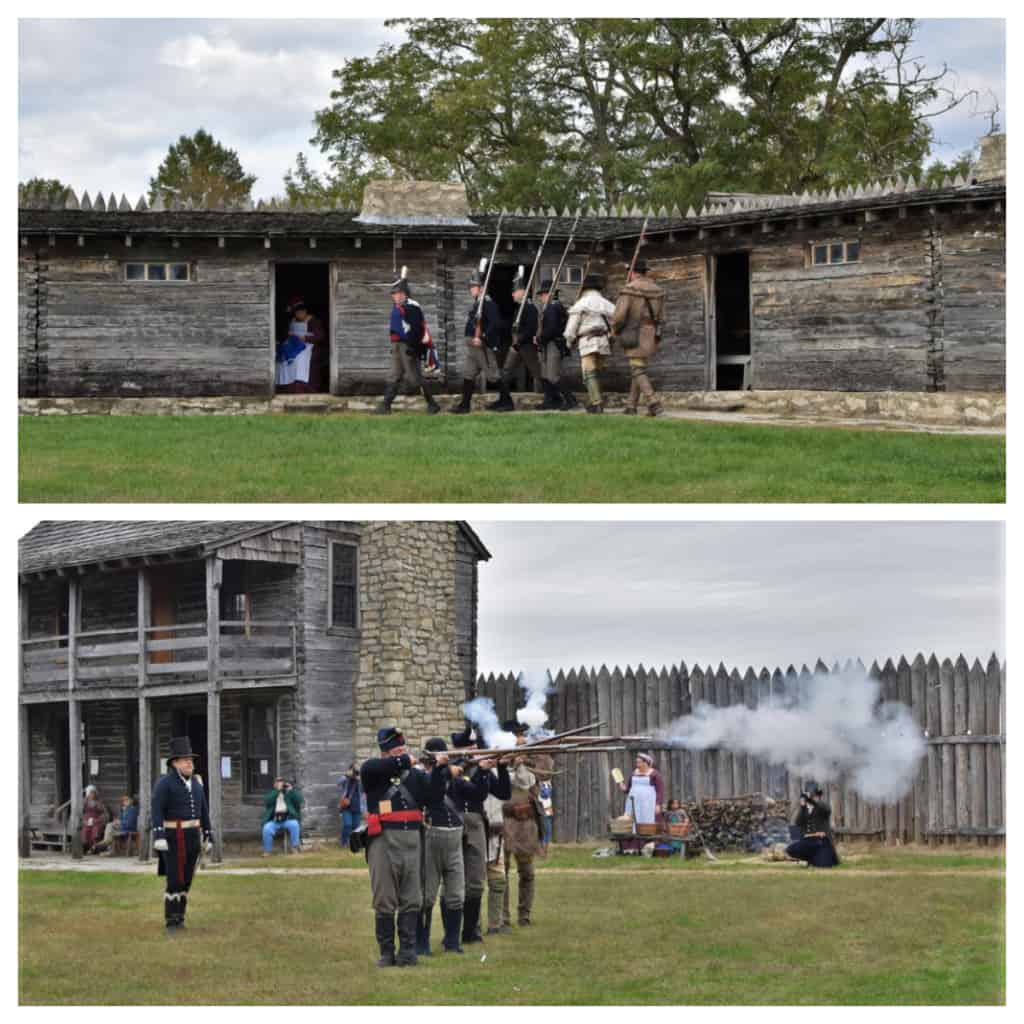
Military Life
We arrived at Fort Osage for their “Fall Muster” event. This historic attraction hosts a variety of special events throughout the year. For this one, we would have an opportunity to learn about fort life in the early 1800s. As we stepped through the gates of the fort, we were transported to a time leading up to the War of 1812. The morning began with the raising of the flag. This was followed by a presentation of arms and a few volleys to grab the attention of visitors.
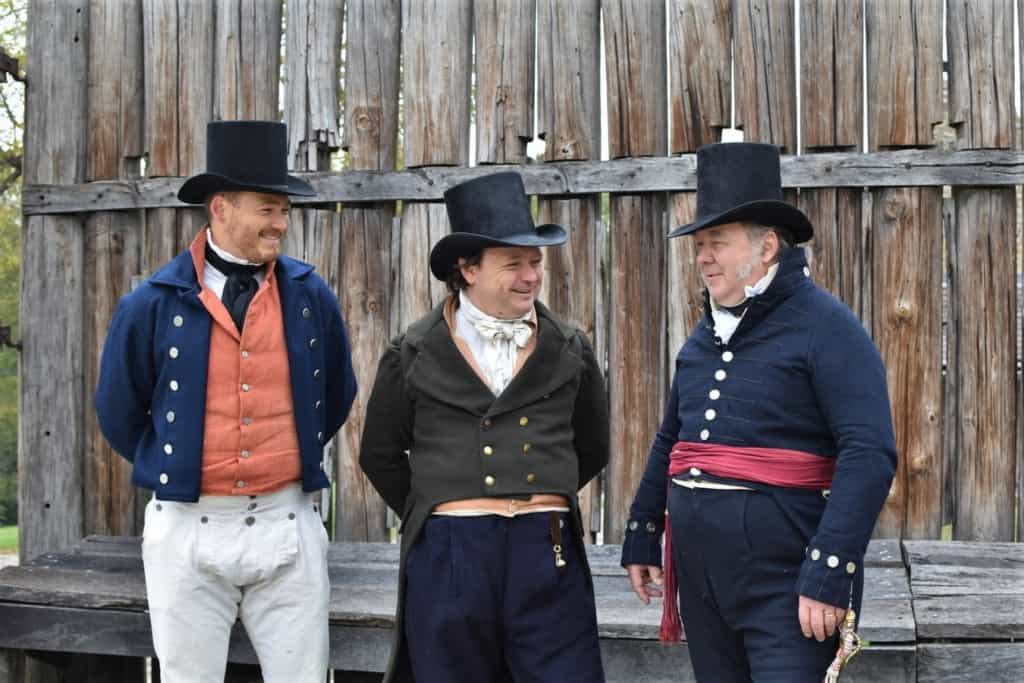
Playing Their Parts
Once the ceremonies were completed, the staff moved on to their daily routines. We began our exploration of the grounds, as the hammering of the blacksmith rang out in the background. While it was a brisk morning, the weather didn’t appear to dampen the spirits of those in attendance. In fact, the character actors seemed to be quite jovial, as they went about explaining life on the edge of the frontier.
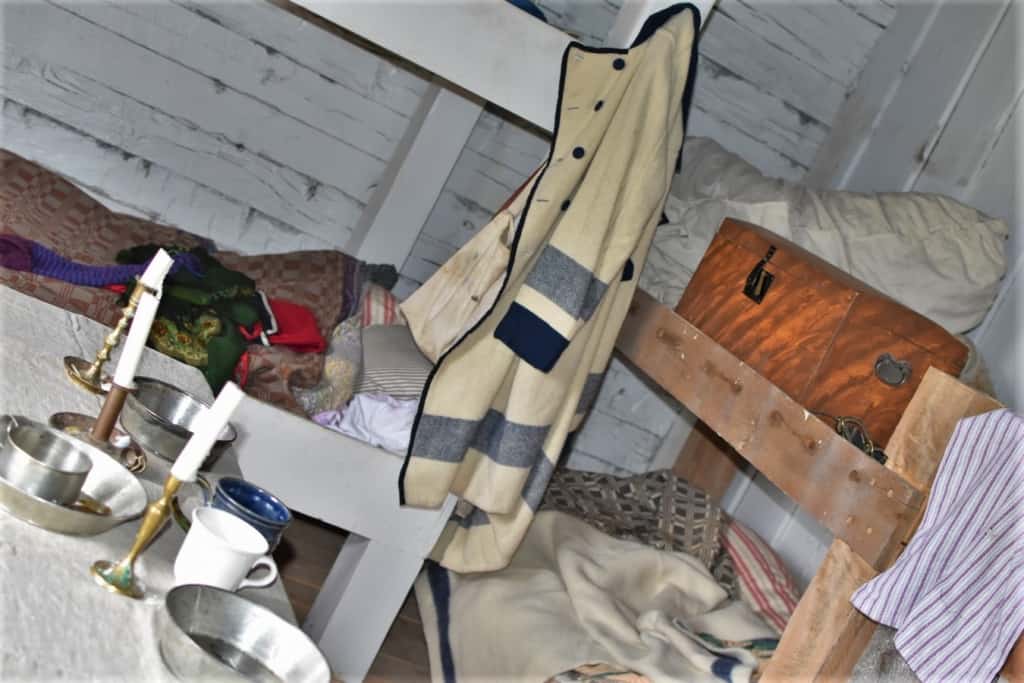
Keeping the Peace
Civilized life along the east coast left some seeking the freedom of the frontier. Joining the military offered a chance to travel west. While the Revolutionary War seemed far ago, the conflict with Britain was not yet over. While America had won its freedom, England was doing what it could to slow the expansion of the new country. Fort Osage had barely began its service to the territory, when it was shuttered in response to the start of the war. In October of 1815, troops would return to the barracks and resume their duties of protecting the peace.
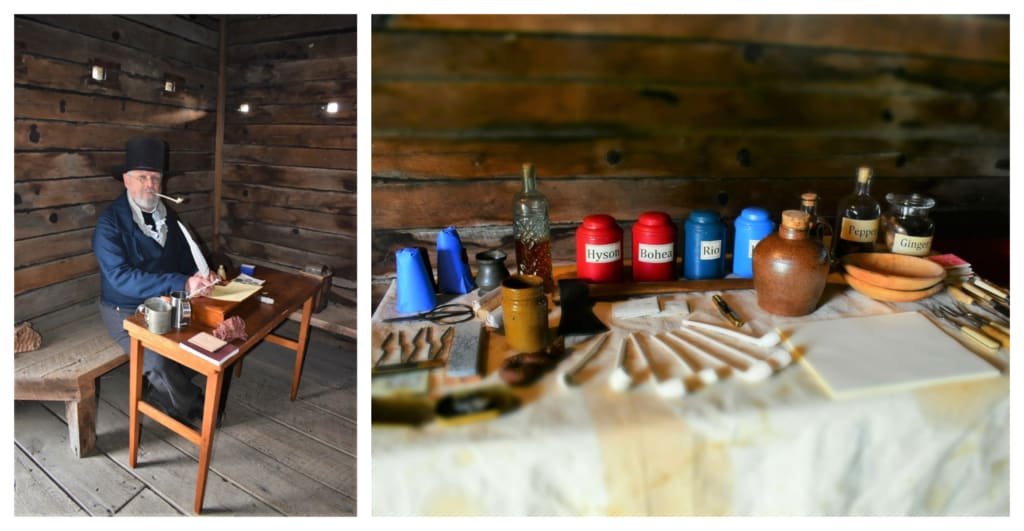
Military Store
While the factory store was intended for use by everyone, the military had their own shop located inside of Fort Osage. This store would have only served soldiers and their families looking to supplement their daily rations. As we perused the stock at this shop, the store-keeper reminded us that we would not have been able to purchase any of the items, seeing how we were not part of the military staff. I suppose we would have had to taken our business to the factory.
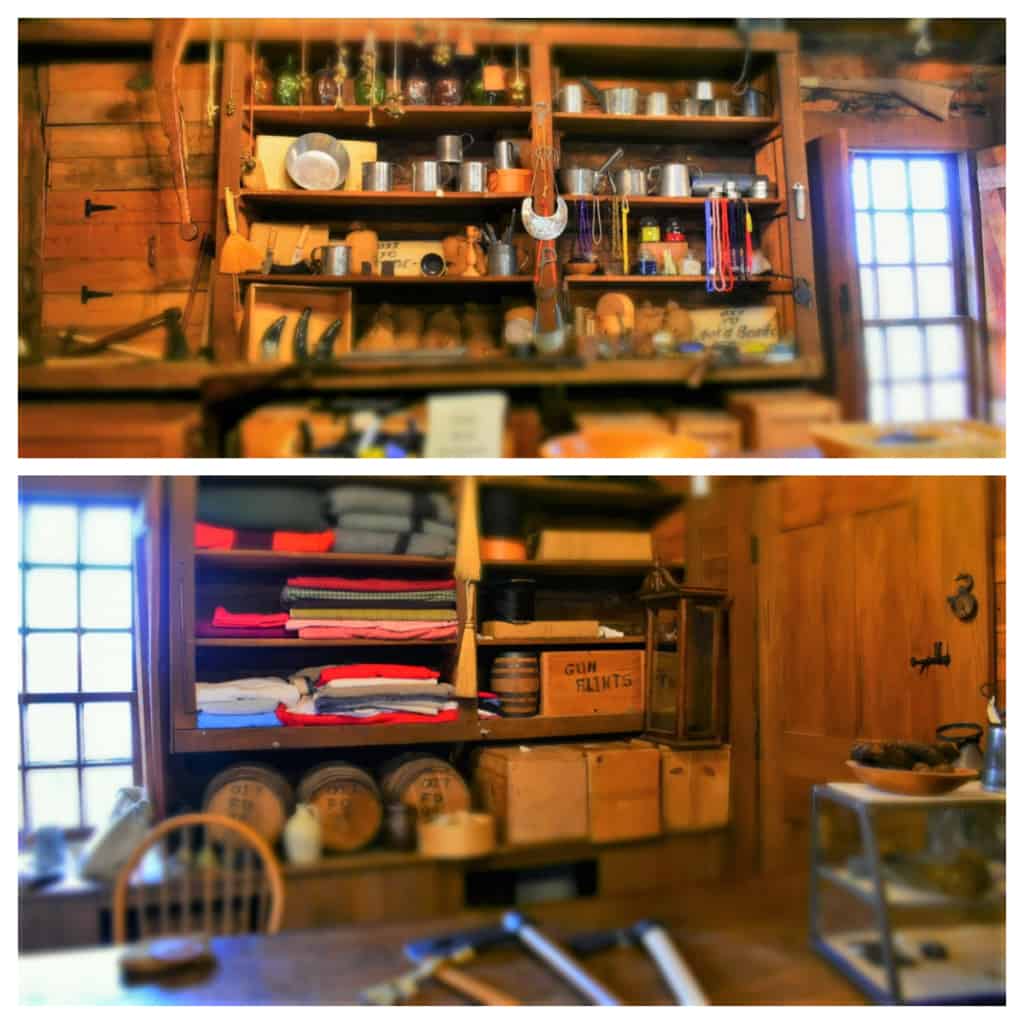
Factory Store
While the military store was only for the enlisted, the factory served everyone. Just outside the fort gates we discovered this three story building, which served as a trading post. This self-sufficient store had rooms to accommodate all of the operations needed to run a successful factory. Shelves were loaded with goods that would have been available to purchase. Native Indians would have frequented this factory to exchange pelts for supplies.
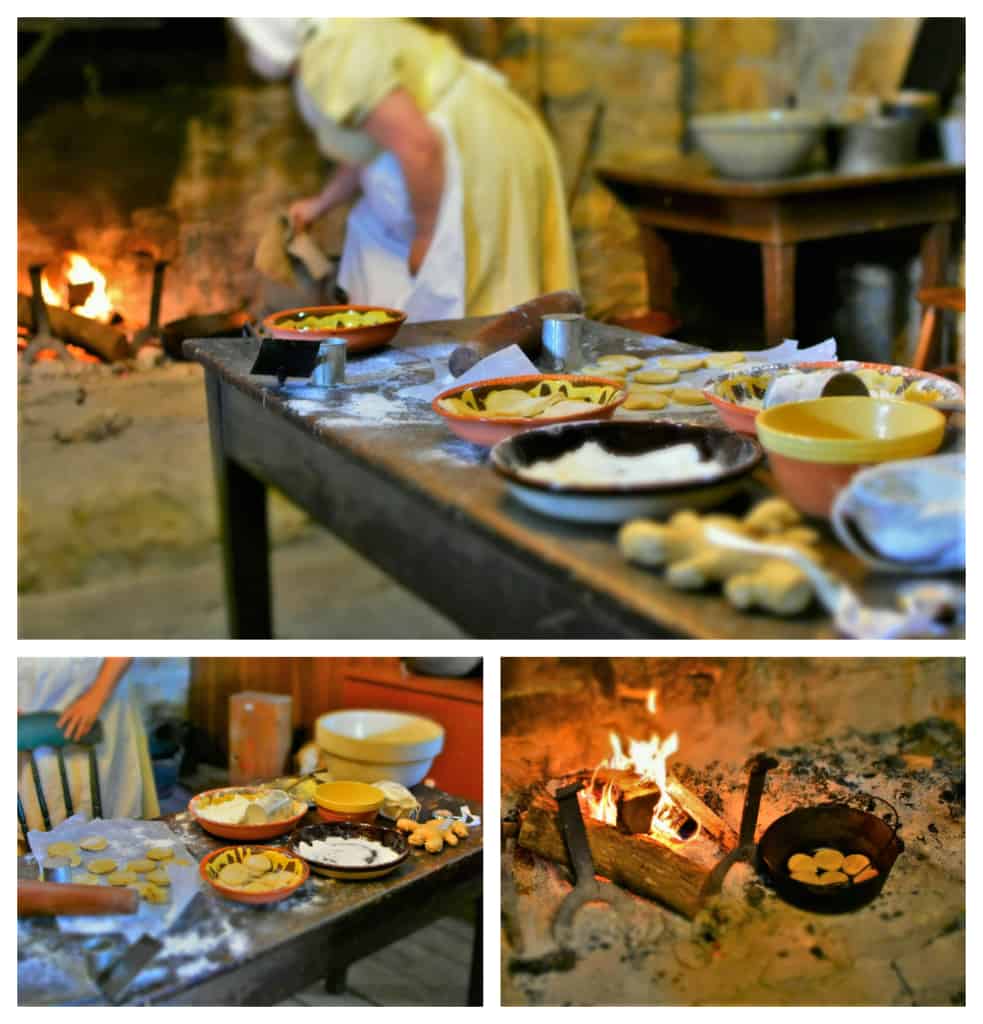
Cookies to Share
As we explored the factory building, the aroma of baked goods wafted up from the lower floors. Heading down some stairs, we found ourselves in the kitchen area. Here we discovered staff members in the process of making gingerbread cookies. All of the ingredients would have been readily available during the period the Fort Osage was in use. We watched as one of the ladies formed the dough and cut out rounds for baking beside the fire. It was obvious that even on the edge of the frontier, there were still treats to be found.
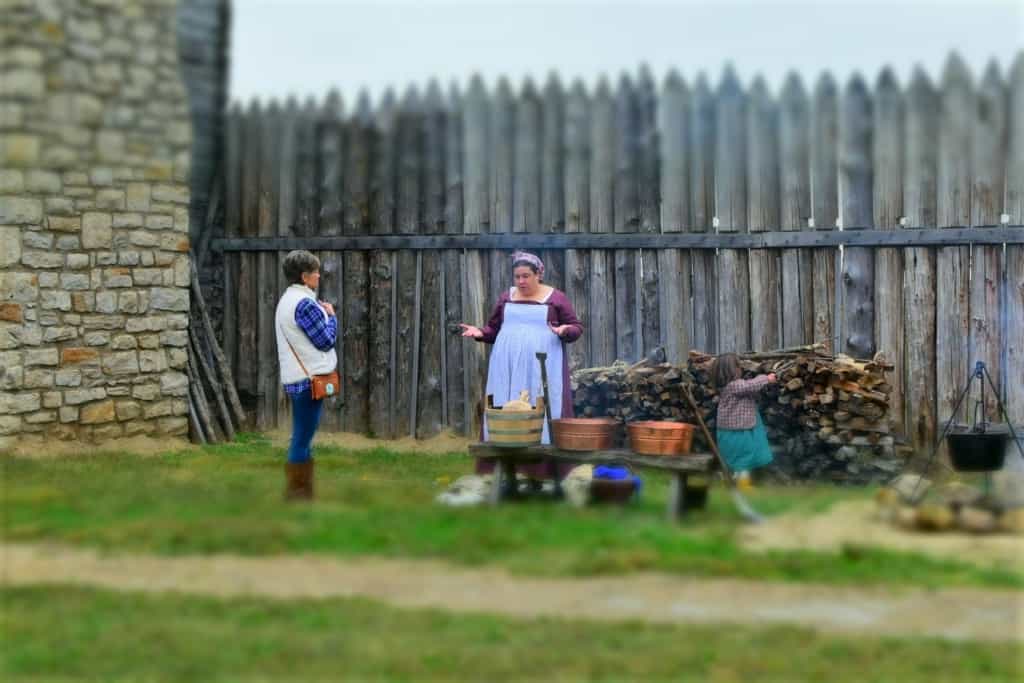
The Realities of Frontier Life
Back outside, we found ourselves speaking with the laundress for the fort. Her job would have also included repairs to clothing that would have certainly seen some rugged use. As her kettle heated over the open fire, we discussed the daily chores that would have fallen upon her shoulders. Clearly, this was a vital role for not only the enlisted, but also the civilians who occupied Fort Osage.
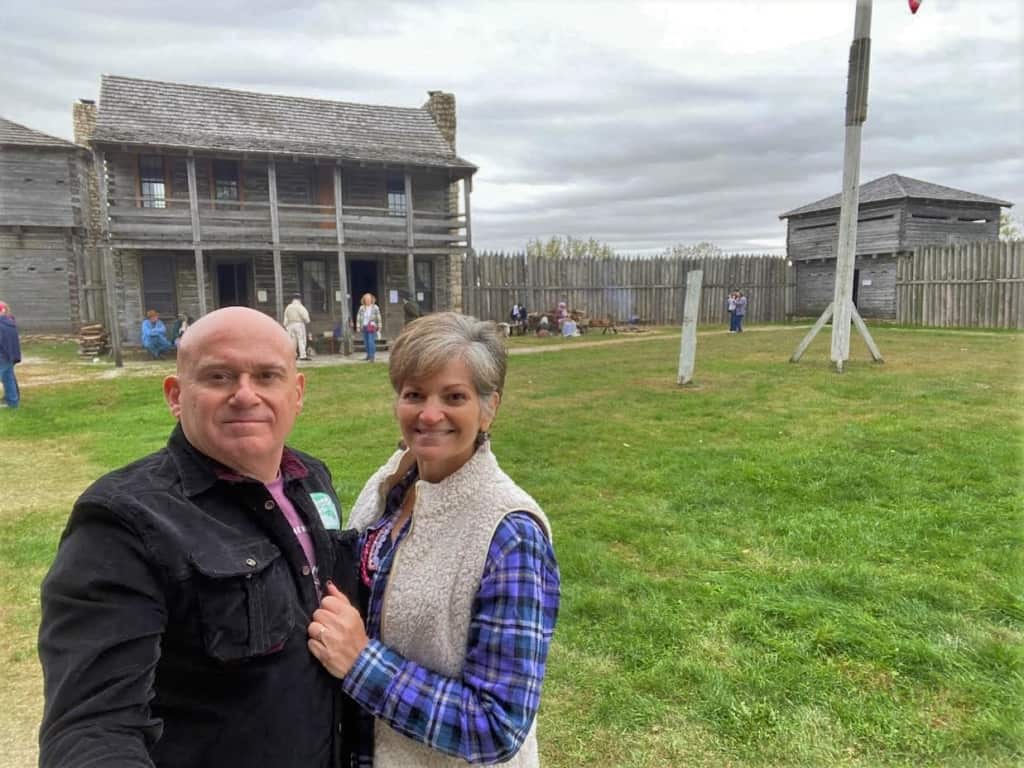
A Day at Fort Osage
The bustle of activity continued around the fort. After exploring all of the nooks and crannies, we headed back to the visitors center to check out their museum. Located in the lower section of the center, it holds exhibits focused on the Osage Indians, as well as life along the river. Fort Osage is located in Sibley, Missouri, which is just a short drive east of the Kansas City metropolitan area. With events taking place throughout the year, you’re sure to find the perfect opportunity to learn more about life on the edge of the frontier.


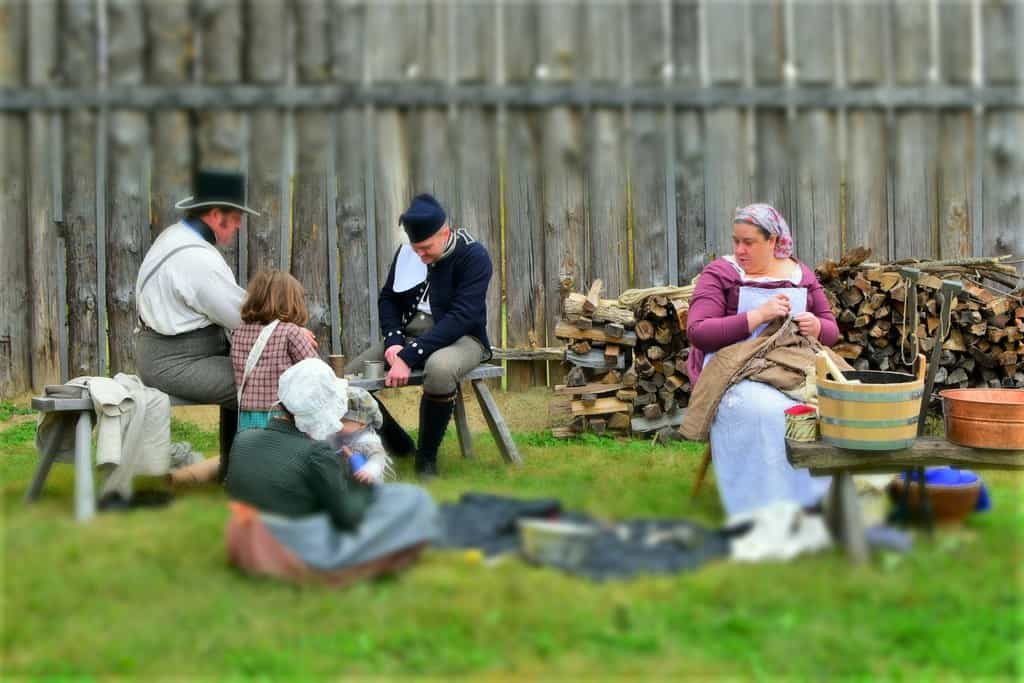
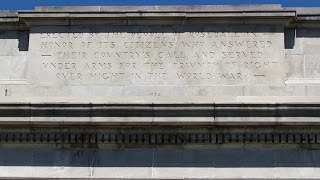


Great photos of a great place in our Missouri History. Thanks for the post. Wayne Lammers, Boonville, MO.
So happy that you liked it. It definitely makes picture taking easier when you have so many interesting subjects.
I lived north of LONE JACK on the old Shawhan farm and worked on 40 highway. G.K SMITH
We are assuming that you have visited the site many times over the years.